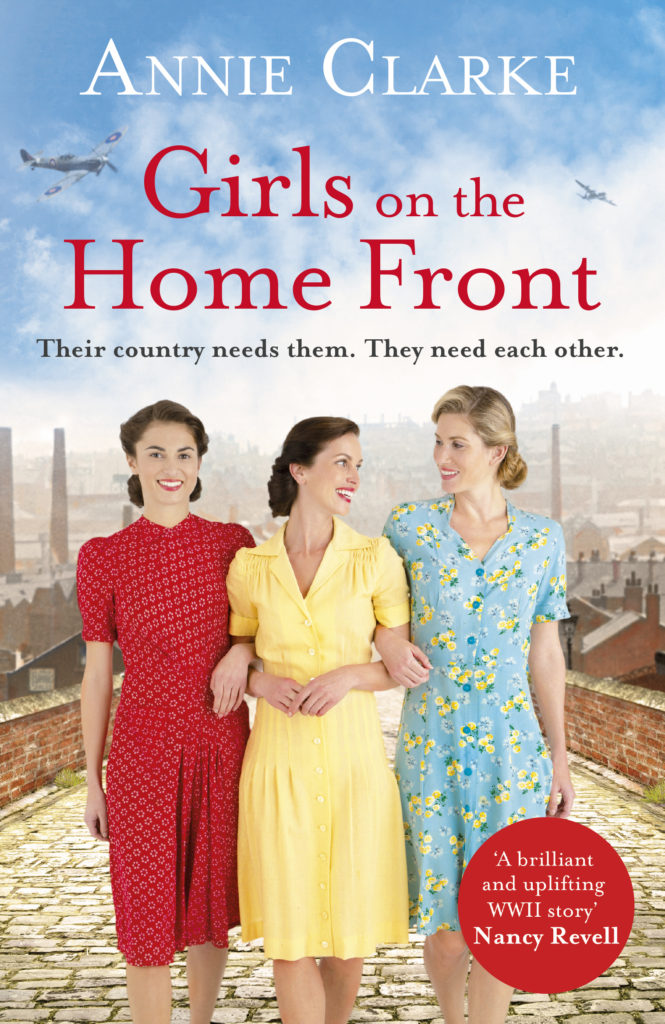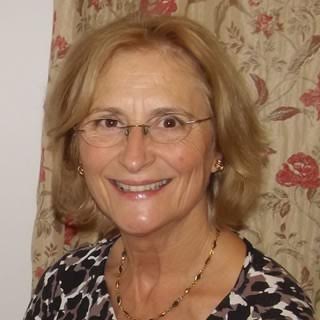 I think a lot before I even put fingers to keyboard. I have a rough plan, and character, and get to know them, and the plot, and theme, which of course will drive the plot.
I think a lot before I even put fingers to keyboard. I have a rough plan, and character, and get to know them, and the plot, and theme, which of course will drive the plot.
I have been writing for over 30 years, under three different names. Novels, and series, features, plays including a community play. And helped to research a TV documentary that grew out of a novel, Canopy of Silence.
I have written the first of a series The Girls on the Home Front set in WW2. There is fashion in writing, or should I say publishing. At the moment there is a thirst for series about 2nd WW!!. When Downton Abbey was on, it was 1st War. The thing is, a writer must write for the market, we produce a product. Sound basic, but there you are. Packaging is key. You will note there are fashions in packaging too. Sagas seem to be three women against a library photo shot of a street or something.
Tell us about your process
Sit down and do it! I get the idea, research the period etc. make notes, and all the time one’s mind is working, and arriving at a plot. Then you have to BE the characters, all of them, so they come alive.
Do you plan or just write?
I plan but not nearly as much as I did. I think that’s experience, I know now what is necessary.
What about word count?
Women’s fiction is usually about 100,000 words these days, but if you have a publisher they will tell you what they want.
How do you do your structure?
There is of course, only one structure: one shape, Normal world, then a point of change, then a rising arc to two thirds through the book, when there is a climax and it seems all is well, but like Cinderella the ball, the clock strikes, and it all goes wrong, so the last third is about resolving it finally, though no need to tuck it up neatly, just to show that the characters have developed enough to find a way through.
One main character and protagonist and antagonists. There has to be a theme, or message or it’s without depth.
And exposition, scene setting, showing not telling because we live in a visual age, so people are used to seeing things, not to wading through lots of telling. So create scenes, and it’s best if it’s through the eyes, (or point of view) of one person only in a scene. It helps with empathy.
What do you find hard about writing?
Actually doing it, I suppose. The day to dayness of it. I write two a year, as well as being a Frost Magazine editor, and running my charity, Words for the Wounded so it’s a rush.
What do you love about writing?
Creating other worlds, and being in control of those worlds. As a parent I realised long ago I was in control of very little, but in fiction the characters have to do as they are told.
Advice for other writers.
Learn the skills – go to a credible writing class, or mentor group. It’s an apprenticeship and as such, you need to learn the craft. It is a craft, a nuts and bolts craft, not an arty farty Art. Basically, get down and dirty, and keep at it, share your work with a group, listen to constructive not destructive criticism, read to see how others do it. And don’t rush.
My first bit of writing, a novel, After the Storm was published. My very first bit of writing, so I had to learn in full gaze of the public. I switched point of view within scenes, and put in too much research and not enough dialogue. But it worked. My later books, however, are considerably better and easier to read. And of course, enjoy it. No point otherwise is there, life is too short.
http://www.margaret-graham.com
www.wordsforthewounded.co.uk
https://www.facebook.com/margaretgraham4/
 I think a lot before I even put fingers to keyboard. I have a rough plan, and character, and get to know them, and the plot, and theme, which of course will drive the plot.
I think a lot before I even put fingers to keyboard. I have a rough plan, and character, and get to know them, and the plot, and theme, which of course will drive the plot.
